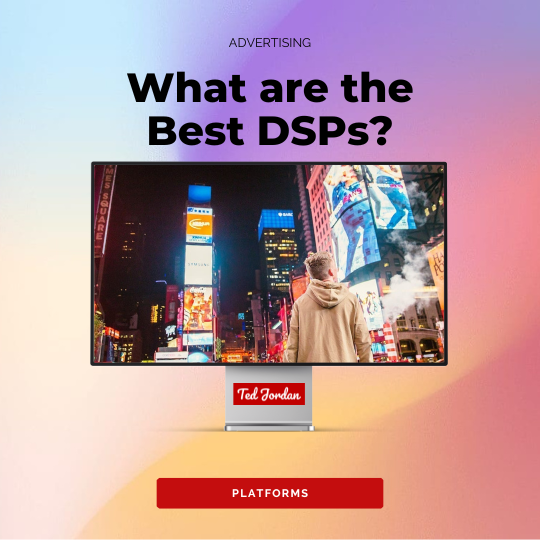Every brand, digital agency, or advertiser wants to find new audiences when advertising, while keeping the lowest CPL (Cost Per Lead) possible. With the cookieless-world ahead of us, how can we reach potential new customers while keeping a low CPL?
While contextual targeting is the solution to gather relevant data and be GDPR or CCPA compliant, predictive audiences are becoming more popular to reach new audiences.
If you use GA4, LinkedIn or a DSP with Yahoo, you might already have heard of predictive audiences (PA).
What is predictive audience targeting? How does it work? What’s the difference between predictive audiences and lookalike? Why should brands use predictive audience targeting?
Find out more about predictive audience targeting now!

What are predictive audiences
Predictive audiences use machine learning and data to create audiences that are most likely to perform one or more actions within a certain period of time. It’s an efficient way to reach new customers who did not engage with your brand yet.
The data used to create predictive audiences come from first and third parties. Of course, 1st party data is more reliable and accurate
An example of a predictive audience would be “most likely to subscribe to a service in the next 7 days”.

This specific audience could have been created from hashed emails (1st party data), gathered from your CRM, or from a conversion rule. In this data list, you would have included all the people who subscribed to your service 7 days (or less) after seeing an ad of yours.
Most of the time, predictive audiences (PA) are split into different categories or levels: the smaller an audience is, the higher a conversion rate will be. And if you have a high conversion rate, your CPL or CPA is usually low.
Predictive audience targeting vs lookalike
The main difference between predictive audience targeting and lookalike audiences (LAL) is that predictive audiences take more first-party data points into account than while LAL, which are mainly based on third-party cookies. The more 1st party data used to create audiences, the better.
Also, predictive audiences and lookalike don’t have the exact same function.
Indeed, lookalike audiences are audiences that look like a source audience, but don’t necessarily act the same way.
For example, a lookalike audience could be “audience with the same age range as the source audience”. But would this audience perform the same actions as the source audience? Not sure…
It would with a predictive audience!
“A large audience is good. A converting audience is better.”

Pros and cons of predictive audience targeting
Predictive audience targeting is a great way of reaching new users while decreasing your CPL, but that’s not all!
Pros of predictive audience targeting:
- New qualitative traffic
- Increase CTR and conversion rate
- Decrease CPL and CPA
- Efficiency
- Perfect for upselling or cross-selling
- Increase customer loyalty to a brand
- Retain more customers
Another example of predictive audiences targeting use:
Imagine you offer a gym subscription and you notice that after 7 months your customers tend to cancel their subscription. You could create a predictive audience for this metric and offer a free add-on for them to stay longer, just before reaching 7 months of subscription. This could be done by advertising programmatically on mail or in-feed placements.
Cons of predictive audience targeting:
- Fewer impressions
- Can’t be implemented if the data source is too small
It’s crucial to provide a large and qualitative data base to be able to create predictive audiences with enough reach and enough data to be analysed by the system (machine learning).
Generate predictive audiences, decrease your CPL
Now that you know how predictive audience targeting works and why you should use it with Programmatic advertising, it’s time to generate your predictive audiences!
Before creating predictive audiences, identify your goals. It’s important to know what your goals are to know which data source you will generate your predictive audiences from: emails, lead gen form, conversions, subscription cancellation, etc.
Make sure to use an updated database: for example, all the emails from the last 60 days that are associated with closed won opportunities. Also, if you use a list as a source audience, do it only if it contains more than 1,000 unique identifiers (members, device ID, emails, phone numbers…).
Want to know more about Programmatic?
Join our free Programmatic course and learn how to manage advertising campaigns successfully!
FREE – No credit card needed




